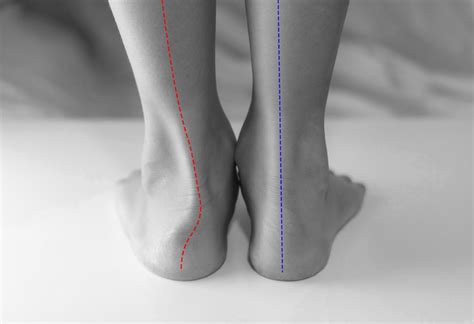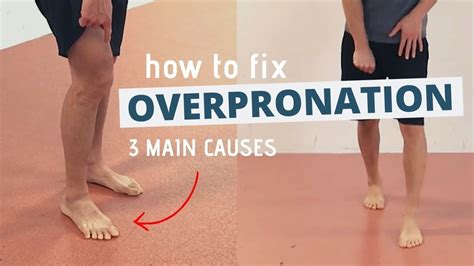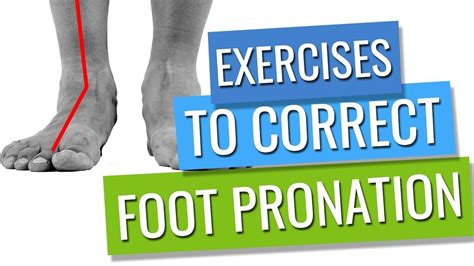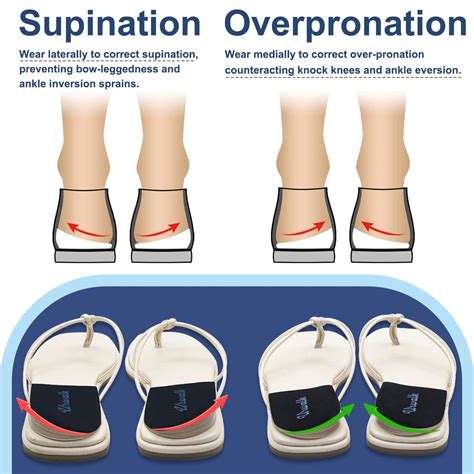Intro
Fix overpronation with 5 expert tips, addressing flat feet, orthotics, and shoe support to alleviate foot pain and improve running form, while preventing common issues like plantar fasciitis and ankle instability.
Pronation is a natural movement of the foot that occurs during walking or running, where the foot rolls inward and the arch collapses. While some pronation is normal, excessive pronation can lead to a range of problems, including flat feet, plantar fasciitis, and knee pain. If you're experiencing discomfort or pain due to pronation, don't worry – there are several ways to fix it. In this article, we'll explore the importance of addressing pronation, its causes and symptoms, and provide a comprehensive guide on how to fix it.
Pronation can affect anyone, regardless of their age or activity level. It's a common issue that can be caused by a range of factors, including genetics, poor foot mechanics, and wearing shoes that don't provide adequate support. If left untreated, pronation can lead to a range of problems, including chronic pain, inflammation, and even arthritis. Fortunately, there are several ways to fix pronation, from simple exercises and stretches to custom orthotics and footwear modifications.
The key to fixing pronation is to address the underlying causes and make changes to your daily habits and footwear. This can include strengthening the muscles in your feet and ankles, improving your posture and gait, and wearing shoes that provide adequate support and stability. By making these changes, you can reduce your risk of injury, alleviate pain and discomfort, and improve your overall foot health. Whether you're an athlete or simply someone who wants to stay active and healthy, fixing pronation is an important step in maintaining your overall well-being.
Understanding Pronation

Types of Pronation
Neutral pronation is the normal movement of the foot, where the foot rolls inward slightly and the arch collapses. Overpronation occurs when the foot rolls inward too much, causing the arch to collapse excessively. Underpronation, on the other hand, occurs when the foot doesn't roll inward enough, causing the arch to remain too high. Each type of pronation requires a different approach to fix, and understanding your pronation type is essential for developing an effective treatment plan.Causes and Symptoms of Pronation

Common Symptoms of Pronation
Some common symptoms of pronation include: * Pain and discomfort in the feet, ankles, and legs * Inflammation and swelling in the feet and ankles * Flat feet or high arches * Uneven leg length * Poor posture and gait * Chronic pain and stiffness in the feet and ankles5 Ways to Fix Pronation

Additional Tips for Fixing Pronation
In addition to these 5 ways to fix pronation, there are several other tips that can help reduce pronation and alleviate pain and discomfort. These include: * Avoiding activities that aggravate pronation, such as running or jumping * Wearing shoes that are designed to support and stabilize the foot * Using shoe inserts or arch supports to provide additional support and stability * Stretching and exercising regularly to improve foot mechanics and reduce pronationExercises and Stretches to Fix Pronation

Additional Exercises and Stretches
In addition to these exercises and stretches, there are several other exercises and stretches that can help fix pronation. These include: * **Foot rolls**: Foot rolls involve rolling your feet over a tennis ball or other object. This exercise can help improve flexibility and range of motion in your feet. * **Toe spreads**: Toe spreads involve spreading your toes apart and then bringing them back together. This exercise can help strengthen the muscles in your feet and improve foot mechanics. * **Ankle weights**: Ankle weights involve wearing weights on your ankles to strengthen the muscles in your ankles and feet.Footwear Modifications to Fix Pronation

Additional Footwear Modifications
In addition to these footwear modifications, there are several other footwear modifications that can help fix pronation. These include: * **Stability shoes**: Stability shoes are shoes that are designed to provide additional support and stability to the foot. * **Supportive shoes**: Supportive shoes are shoes that are designed to provide additional support and stability to the foot. * **Orthotic shoes**: Orthotic shoes are shoes that are designed to provide additional support and stability to the foot, and are often custom-made to fit the individual's foot.Conclusion and Next Steps

We hope this article has provided you with a comprehensive guide on how to fix pronation. If you have any questions or comments, please don't hesitate to reach out. Share this article with your friends and family to help them understand the importance of fixing pronation and improving their overall foot health.
What is pronation and how does it affect the foot?
+Pronation is the natural movement of the foot that occurs during walking or running, where the foot rolls inward and the arch collapses. Excessive pronation can lead to a range of problems, including flat feet, plantar fasciitis, and knee pain.
What are the causes and symptoms of pronation?
+Pronation can be caused by a range of factors, including genetics, poor foot mechanics, and wearing shoes that don't provide adequate support. Symptoms of pronation can vary depending on the severity and type of pronation, but common symptoms include pain and discomfort in the feet, ankles, and legs, as well as inflammation and swelling.
How can I fix pronation and alleviate pain and discomfort?
+Fixing pronation requires a comprehensive approach that addresses the underlying causes and makes changes to your daily habits and footwear. This can include strengthening the muscles in your feet and ankles, improving your posture and gait, and wearing shoes that provide adequate support and stability.
What are some exercises and stretches that can help fix pronation?
+Exercises and stretches can play an essential role in fixing pronation. Some exercises and stretches that can help improve foot mechanics and reduce pronation include toe curls, heel raises, ankle circles, and calf stretches.
What are some footwear modifications that can help fix pronation?
+Footwear modifications can play an essential role in fixing pronation. Some footwear modifications that can help reduce pronation and alleviate pain and discomfort include custom orthotics, shoe inserts, arch supports, and motion control shoes.
